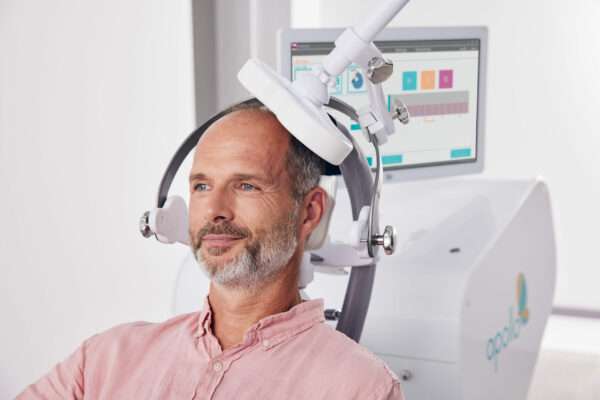The Benefits of TMS Therapy
Major depressive disorder (MDD) is the leading cause of disability in the U.S., according to the Anxiety & Depression Association of America. Pre-pandemic, it affected around 6.7 percent of the adult population in this country. There has been a considerable escalation since COVID, however.
Mental illness like depression can play a role in other health problems, including increasing your risk of addiction and dementia. It also is one of the primary causes of suicide. In the U.S., one person dies at their own hands every 12 minutes with over 41,000 deaths by suicide each year.
Transcranial magnetic stimulation (TMS) therapy can positively impact the areas of the brain that govern mood regulation. It is an option for those who haven’t responded well to other treatments, such as prescription antidepressants. What more should you know about TMS therapy?
What Is TMS?
Transcranial magnetic stimulation (TMS) is a noninvasive way to activate nerve cells in the brain and ease depression symptoms. The treatment involves delivering multiple and repetitive magnetic pulses to the brain. Though the biochemistry of why TMS works is not fully understood, the stimulation appears to influence how the brain operates, which helps to alleviate depressive symptoms and increase mood. When traditional therapies, such as medicines and talk therapy (psychotherapy), fail to produce the desired results, TMS therapy may be the right next step.
What Are the Benefits of TMS Therapy?
Pros
It’s Well-Tolerated
Most patients that undergo TMS therapy tolerate it well, unlike other more aggressive treatments like electroconvulsive therapy. A small number report a headache after their treatment and possibly some discomfort in the scalp at the treatment site.
Medication for depression tends to have more significant adverse side effects. Some people experience suicidal thoughts when taking antidepressants, for example. TMS may be a more practical option for those who experience severe side effects from antidepressant drugs.
It Has a High Success Rate for Treating TRD
TMS has an impressive success rate for patients with treatment-resistant depression (TRD). A healthcare provider will diagnose TRD when a patient tries at least two antidepressants with no relief. While there is no guarantee, TMS appears to help TRD patients find long-lasting benefits.
It’s a Minimally Invasive Procedure
TMS therapy is painless and requires no anesthesia or recovery time – you can even drive yourself home afterward. Patients report feeling a tapping sensation during treatment, and few patients experience mild discomfort.
It Works With or Without Antidepressants
TMS therapy is an alternative option to antidepressants. The risk of side effects and dependence are high with some conventional medications. TMS therapy has minimal side effects.
Are there any Cons to TMS Therapy?
While TMS therapy has many benefits, including long-lasting depression relief, there are a few things to consider when evaluating whether this treatment is the right option for you.
It’s a Time Consuming Treatment Option
The treatment is extensive. Most patients must go to their mental healthcare provider five to six times a week for up to six weeks. They may also need to return for additional treatments if their symptoms begin to return. It is vital for patients to make their appointments, too. Missing treatment can slow the process and make depression more difficult to treat.
It Requires Trial and Error
Many insurance providers will cover the cost of TMS therapy, but only after you try other treatment options, such as antidepressant medication.
Few Patients Find TMS Therapy Somewhat Uncomfortable
Patients have not reported TMS therapy to be a painful treatment, but some tolerate it better than others, who might find it somewhat uncomfortable


